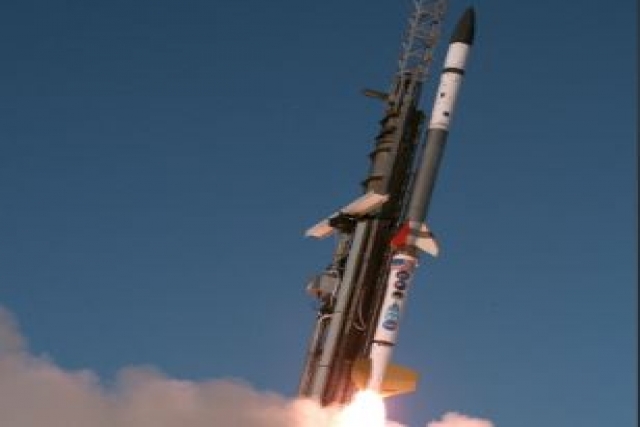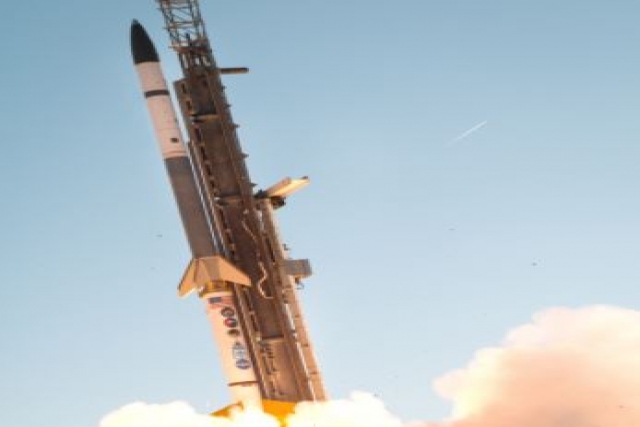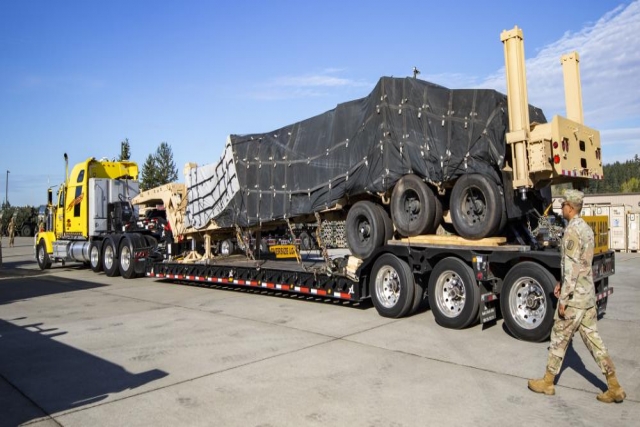U.S. Conducts Precision Sounding Rocket Launch to Advance Hypersonic Weapons Development

The United States conducted the launch of a precision sounding rocket on October 20 to accelerate the development of advanced hypersonic weapons.
The High Operational Tempo for Hypersonics flight campaign was conducted by the Navy Strategic Systems Programs (SSP) and the Army Hypersonic Program Office (AHPO).
This flight campaign was executed by Sandia National Laboratories (SNL) from the National Aeronautics and Space Administration (NASA) Wallops Flight Facility. This test will be used to inform the development of the Navy’s Conventional Prompt Strike (CPS) and the Army’s Long Range Hypersonic Weapon (LRHW) offensive hypersonic strike capability.
This test demonstrated advanced hypersonic technologies, capabilities, and prototype systems in a realistic operating environment. Three precision sounding rocket launches were conducted containing hypersonic experiments from partners, including CPS, AHPO, the Joint Hypersonic Transition Office, SNL, Johns Hopkins University/Applied Physics Laboratory, MITRE, Oak Ridge National Laboratory, and several defense contractors, the Navy said.
During weapon system development, precision sounding rocket launches fill a critical gap between ground testing and full system flight testing. These launches allow for frequent and regular flight testing opportunities to support rapid maturation of offensive and defensive hypersonic technologies.
This test is a vital step in the development of a Navy-designed common hypersonic missile, consisting of a Common Hypersonic Glide Body (CHGB) and booster, which will be fielded by both the Navy and Army with individual weapon systems and launchers tailored for launch from sea or land. The Department of Defense (DoD) successfully tested the CHGB on March 20, 2020. The Navy and Army will continue to work in close collaboration to leverage joint testing opportunities.
The tests occurred the same day that U.S. Presi-dent Joe Biden said he was concerned about Chinese hypersonic weapons. While western media claimed that China tested a hypersonic glide weapon, Beijing issued an official statement that the test was that of a reusable satellite-launching rocket. Only Russia has so far claimed success in testing surface, air and submarine launched hypersonic weapons.
On Thursday, CBS News reported that a booster rocket carrying a hypersonic glide body failed to launch during a test by the Defense Department's hypersonic weapons program.
"The test did not occur as planned due to a failure of the booster stack," Defense Department spokesman Lieutenant Commander Tim Gorman told CBS News in a statement about the attempted test, which took place in Alaska. Gorman stressed the failure was not related to the hypersonic technology, just the booster.













